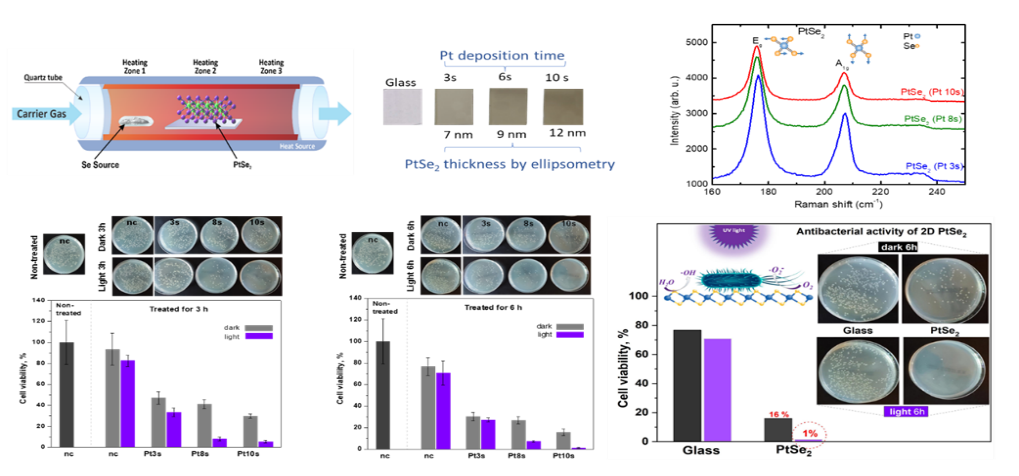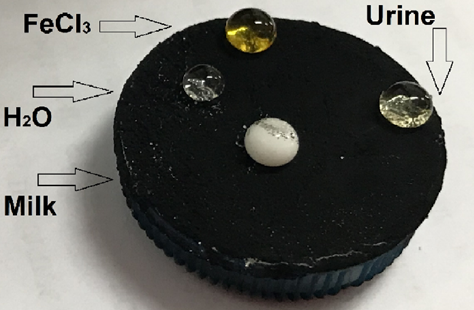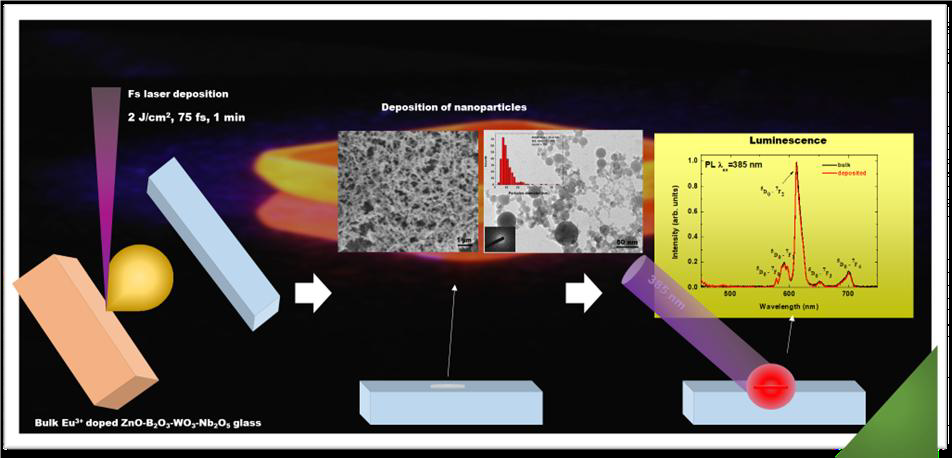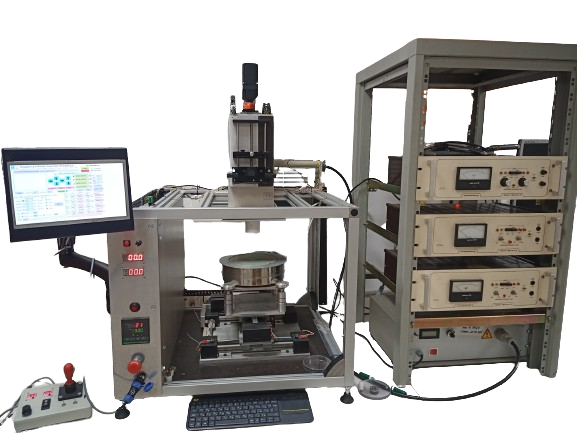Nanomaterials
Anodic catalysts containing double-walled carbon nanotubes (DWCNTs), multiwalled carbon nanotubes (MWCNTs), or higher-order fullerenes for sulfite oxidation. Lyophilized fullerenes, in the presence of manganese oxide as catalyst and polypyrrole, electrochemically convert sulfites into sulfates. Oxidation products do not interfere with the operation of the electrodes (i.e. do not block the electrode surface). Electrodes with lyophilized catalysts containing higher-order fullerenes show promising results for efficient electrochemical purification of wastewater from sulfur pollutants.
Nanomaterials
New functional copolymer micelles have been developed as carriers of the natural biologically active substance curcumin. Polyionic complex micelles bear cell-targeting groups on their surface. The micelles have been successfully loaded with the natural hydrophobic antitumor polyphenolic compound curcumin. In vitro studies on the stability and antioxidant activity of the drug-loaded nanocarriers have been also conducted.

Contact:
dimitrov@polymer.bas.bg
Nanomaterials
At IOMT-BAS, azobenzene-containing materials are doped with nanoparticles of different compositions, sizes and morphologies. The resulting nanocomposites show a significant improvement in photoanisotropic properties, including increased photoinduced birefringence, leading to higher diffraction efficiency and greater surface relief modulation in the case of polarization holographic recording.

Contact:
office@jic.bas.bg
Nanomaterials
At IOMT-BAS, 2D PtSe2 nanolayers were synthesized by selenization of pre-deposited Pt films using a thermally assisted conversion (TAC) method. By varying the deposition time of the Pt layer (Pt 3 s, Pt 8 s and Pt 10 s), samples with different thicknesses corresponding to 7 nm, 9 nm and 12 nm were obtained as determined by ellipsometric measurements. Antibacterial behavior against Escherichia coli was tested using a standard ISO procedure. The photoinduced antibacterial activity is due to the interaction of several parameters, such as high crystallinity, semiconductor behavior and chemical composition. To the best of our knowledge, this is the first report of antibacterial activity of 2D PtSe2, which presupposes further research regarding the mechanism of action and practical applications such as antibacterial coating on transparent low-cost substrates.

Contact:
office@jic.bas.bg
Nanomaterials
A multi-layer TiAlSiN/AlSiN nanocomposite coating has been developed at the CSLP-BAS and a technology for its application has been created. The developed coating showed superhardness and low modulus of elasticity. The combination of these properties leads to improved resistance to external influences, resistance to plastic deformation and a great ability for elastic recovery.

Contact:
office@jic.bas.bg
Nanomaterials
Institute of Solid State Physics “Acad. G. Nadjakov” – BAS presents a technology for abrasion-resistant and water-repellent concrete based on hydrophobic nanoparticles from carbon black.
The advantages of the concrete obtained by this technology are related to the fact that the non-wettable coating of construction silicone and carbon black prevents the absorption of water and corrosive ions, thermally insulates the underlying structure, protects its surface from contamination with urine, milk and seminal fluid, and ensures the wear resistance of concrete to abrasion, torrential rain and acid rain.
The invention is time-efficient, economically expedient and scalable, which allows easy production of ultra-non-wettable concrete in the construction of various industrial facilities.
The fundamental problem that the discovery potentially solves is related to the possibility of producing energy-efficient and wear-resistant concrete structures with a long service life in highly corrosive environments, such as harbor waters for example.
The technology is in the middle phase of research ie. it can be implemented practically immediately, but after adapting the method of depositing the protective coating on large objects (construction buildings, girders, bearing columns of bridges, etc.).

Contact:
office@jic.bas.bg
Nanomaterials
Institute of Optical Materials and Technologies “Acad. Jordan Malinowski” offers an engineering-technical development using the method of electro-spraying for producing thin layers, coatings, and micro- and nanoscale objects. The technology allows the utilizations of electro-spraying (electrostatic atomization) to create small-scale objects through an affordable and well-controlled method. The technology supports advancements in electronics, optoelectronics, spintronics, and materials science.
The technology combines a widely used method for producing nanostructures with additional engineering and physical design solutions for enhanced process control and results.
Technology Readiness Level is at 4-5 and is actively used in a laboratory environment for producing thin layers.
Nanomaterials
Technology for obtaining nanomaterials with desired properties by obtaining nanoparticles from tungsten glass
The Institute of Electronics has developed an effective technology for obtaining nanomaterials with desired properties by obtaining nanoparticles from tungsten glass containing Eu, which preserve the luminescent properties of the bulk material. The efficiency of preserving the luminescent properties during the transition from bulk material to nano-sized material is associated with the specific mechanism of ablation with ultrashort pulses, in which the material is decomposed directly into nanoparticles. The effect is the implementation of an effective transfer of the luminescent component and the preservation of its local environment in the deposited material.

Contact:
office@jic.bas.bg



